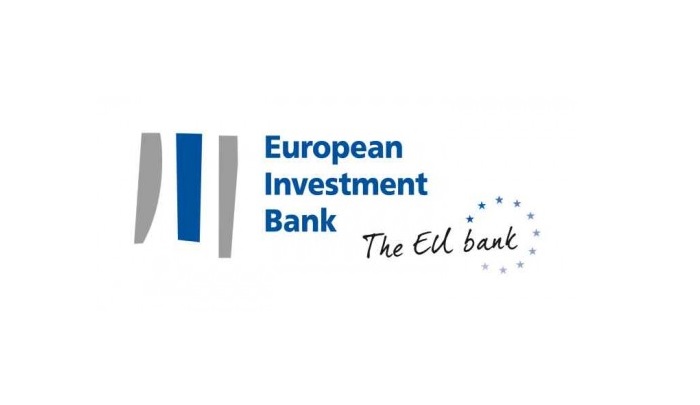Finance
Banks In Central, Eastern And South-Eastern Europe Expect Demand For Credit To Rise

- EIB expects the resilience of lending activities to be tested over the next six months with tighter supply conditions and potential increases in non-performing loans
- Cross-border banking groups see market potential in most of the region, particularly in Romania and the Czech Republic
- Profitability remains higher for the CESEE subsidiaries than for the overall group
The European Investment Bank (EIB) published the Bank Lending Survey with a focus on Central, Eastern and South-Eastern Europe (CESEE). The survey examines data collected in September 2022 and outlines the expected trajectory for the next six months vis-à-vis credit demand, supply conditions and credit quality.
Increased corporate demand for liquidity and household demand for housing loans have seen loan applications increase in the CESEE region. Banks expect overall credit demand to rise further over the next six months, albeit at a more moderate pace, with firms’ working capital requirements to cover liquidity needs now the main driver. Fixed investments and retail segments, including for consumer credit and housing, are expected to decline.
Banks expect conditions for credit supply — the financing banks are willing to provide to their clients — to deteriorate significantly over the next six months. Credit standards have tightened, particularly in the mortgage market, especially due to the effects of the war in Ukraine, higher inflation and interest rates, and the general slowdown of economies. Hence, robust credit demand will be confronted with tighter supply conditions.
Despite predictions, credit quality has evolved favourably over the last six months. However, given the unfavourable economic outlook, banks are again expecting an increase in non-performing loans over the next six months.
Debora Revoltella, Chief Economist at the EIB, said: “Despite unfavourable economic expectations, banks in the Central, Eastern and South-Eastern Europe again report solid access to funding thanks to sustained improvements in retail and corporate deposit funding. Going forward, in the context of deteriorating global conditions, banks anticipate tightened supply conditions and are preparing for a potential increase in non-performing loans.”
EIB Vice-President Lilyana Pavlova said: “The role of monitoring banks through a survey like this is crucial to understand how the economy will evolve and accurately assess the financial conditions across Europe. Thanks to the efforts of the EIB’s economists, we have an overview of CESEE’s economic environment, which will enable us to provide the necessary financing to respond appropriately to the needs of people and businesses in the region.”
Parent banks: an optimistic overview
Cross-border banking groups see market potential in most of the CESEE, particularly in Romania and the Czech Republic. The main reason is that, in all cases except Poland, profitability is higher for their CESEE subsidiaries than for the overall group.
Looking at long-term strategy, cross-border banking groups show positive intentions towards their operations in the region, with more than half intending to maintain their current level of operations, while almost one-third intend to selectively expand. However, 10% of banking groups (compared to zero in the previous survey wave) have signalled their intention to selectively reduce activity in the region. Despite uncertainty and increasing risks, most international banking groups remain confident in the region’s potential.
Background information
About the EIB Economics Department
The EIB Economics Department conducts economic research and studies, as well as providing unique analyses of investment activities in the European Union and beyond. It supports the Bank in its operations and in the definition of its positioning, strategy and policy. Chief economist Debora Revoltella heads the Department, a team of 40 economists.
About the EIB CESEE bank lending survey
The EIB CESEE bank lending survey is a survey carried out every six months, polling around 15 international banking groups and 85 local subsidiaries or independent local banks, in Central, Eastern and South-Eastern Europe. It collects information on credit standards, terms and conditions as well as various domestic and international factors that may be responsible for changes in lending. Demand for loans is also examined. The survey includes specific questions on credit quality and funding conditions for banks. It is designed to build a panel of observations that can provide an almost real-time assessment of the current state of the banking sector in the CESEE region. The survey is developed and managed by the EIB Economics Department and is part of a series of reports produced alongside the European Bank for Reconstruction and Development (EBRD), the International Monetary Fund (IMF) and the World Bank for the Vienna Initiative.
Source – EIB
-

 Auto2 years ago
Auto2 years agoHonda Marine Debuts All-New BF350 Outboard Company’s First V8 Motor Available Commercially, Flagship Model Offers Premium Power and Unparalleled Performance for Extraordinary Boating Experiences
-

 Auto2 years ago
Auto2 years agoNew Features Further Increase Desirability Of Bentayga Range
-

 Technology2 years ago
Technology2 years agoOracle Partners with TELMEX-Triara to Become the Only Hyperscaler with Two Cloud Regions in Mexico
-

 Auto2 years ago
Auto2 years agoHonda and Acura Electric Vehicles Will Have Access to Largest EV Charging Networks in North America Aided by New Agreements with EVgo and Electrify America
-

 Lifestyle2 years ago
Lifestyle2 years ago2023 Nike World Basketball Festival Brings the Best of Basketball Style, Culture and Community














